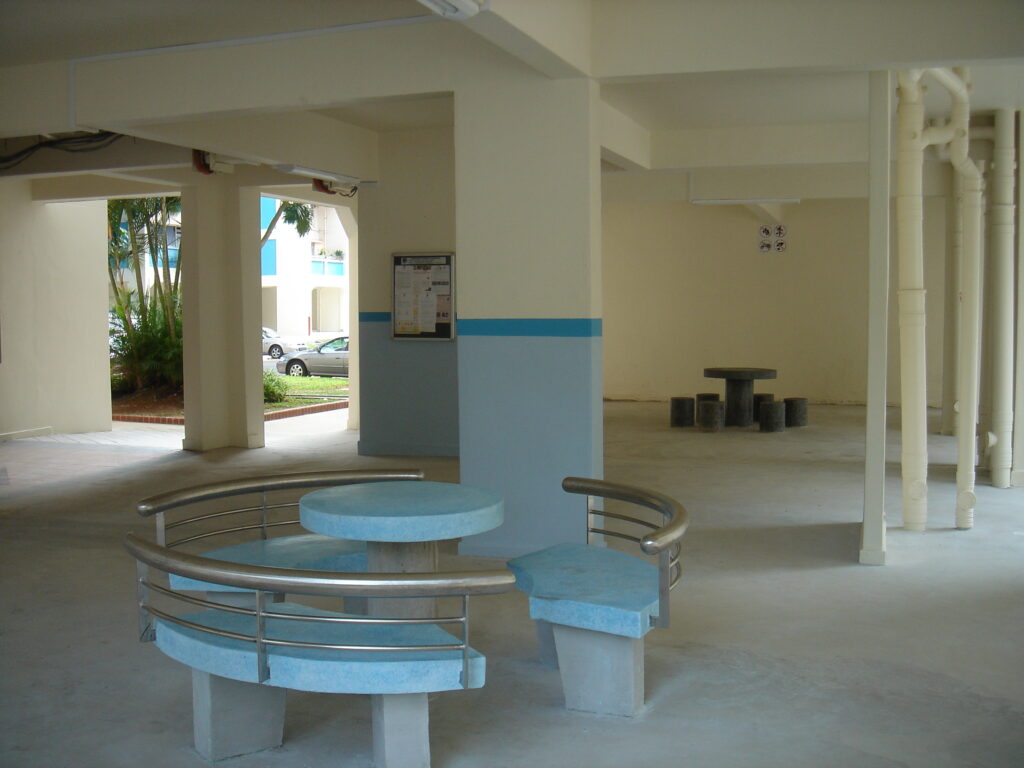Singapore offers one of the safest physical environments in the world – clean, efficient, orderly. But emotional and psychological safety isn’t always found in the same places.
When someone conducts therapy sessions in the void deck, it’s not a statement against the country’s safety – it’s a sign that private emotional space can be harder to access.
In a system built for predictability and order, individual emotional needs may not always fit neatly within accepted norms. That’s no one’s fault. But it opens up a bigger question:
What does holistic safety look like – and where do we go to find it?
When Therapy Happens in Public
I’ve noticed a growing trend: clients holding therapy sessions outside – void decks, parked cars, stairwells.
Why? Because home doesn’t feel emotionally safe.
It’s a powerful paradox: In a city where crime is rare, vulnerability still needs hiding.
The Paradox: Predictability ≠ Freedom
Predictability regulates. It tells our nervous system: You’re safe. Nothing unexpected is coming.
But freedom disrupts. It says: Let me move, feel, improvise. Let me make a mess.
The vagus nerve doesn’t distinguish “freedom” from “threat” – it just reacts to change.
So here’s the tightrope:
How do we invite expansion without tripping the body’s alarm system?
We’re taught to equate safety with:
Rules
Roles
Reliability
But these don’t always make space for:
Raw feelings
Uncertainty
Imperfection
This is especially true for neurodivergent individuals, emotionally sensitive people, or those navigating grief and identity shifts.
When Safety Doesn’t Include Space to Feel
Here, safety is structured – rules, roles, rituals. It works.
But what if your truth doesn’t fit the template?
Singaporeans often grow up knowing how to behave, who to be, and when not to rock the boat. There’s comfort in order.
But not always room for:
Emotional intensity
Neurodivergent expression
Quiet grief, anger, or fear
So where do we go – to not just stay alive, but to breathe?
放下 – To Set It Down
The Mandarin phrase “放下”(fàng xià) implies both release and intentionality. Not discarding. Not suppressing.
More like: placing something down gently so you can move again. It is more than “letting go.”
Many of us carry:
Roles that don’t fit
Emotions we hide
The pressure to be exceptional or invisible
These aren’t minor costs. They’re daily tolls on the nervous system.
It means placing something down gently – acknowledging the weight of what we carry.
What could you 放下 this week?
The need to be understood
The urge to fix yourself
The pressure to be exceptional
Even five minutes of exhale matters.
The Emotional Currency of Safety
“There is a price for everything. How much can we afford?”
Exactly.
To be seen fully may cost social approval.
To rest may cost momentum.
To say no may cost harmony.
But what does not paying the price cost you?
You’re already paying. Every day.
We all have a safety budget.
Every choice to conform, suppress, or hold it in comes at a cost.
So the question becomes:
“Where am I spending my safety budget?
Is it buying me anything worth having?”
Safe Enough to Expand
Real safety isn’t just the absence of danger.
It’s the presence of space – to cry, to pause, to not know, to be a little too much.
And maybe the safest thing you can do this week is ask:
“What do I need to 放下, just for now?”
Even five minutes of exhale can be revolutionary.
Questions for Reflection
What is my emotional safety budget?
Where do I already pay just to “hold it together”?
What small thing could I 放下 today?
Ready to explore emotional safety in your own life?
Work with me 1:1 through Therapeutic Space



